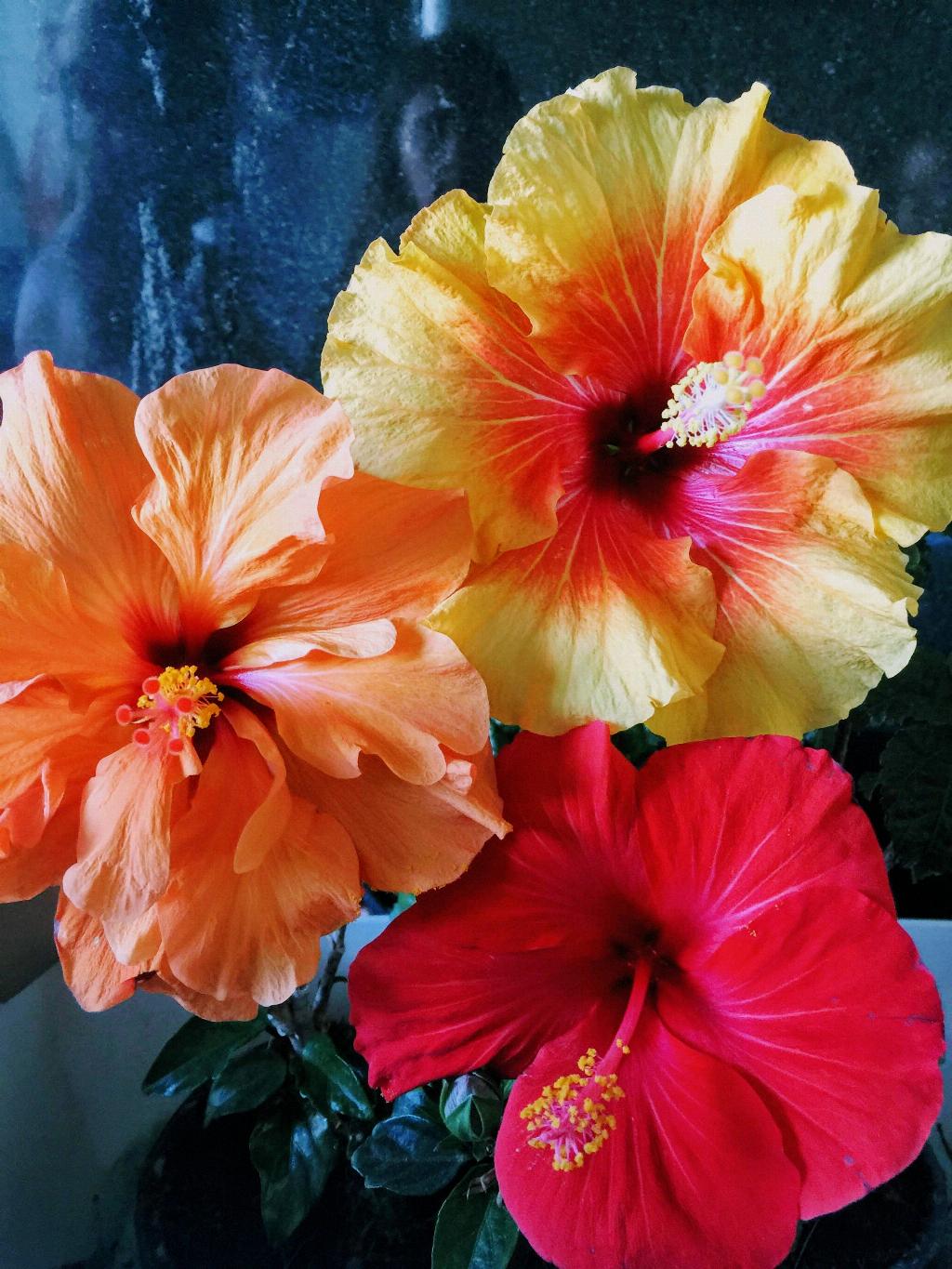Transplanting hibiscus can be a rewarding experience, but it’s important to do it correctly to ensure the health and vitality of your plant. Here are some key steps to follow when transplanting hibiscus:
Prepare the New Location
Before transplanting your hibiscus, it’s essential to prepare the new location. Choose a spot that receives ample sunlight and has well-draining soil. Ensure that the area is free from competition with other plants so that your hibiscus can thrive.
Lift the Hibiscus Carefully
When lifting the hibiscus from its current location, take care to do so from under the root ball. This will help avoid damaging the roots, ensuring that the plant can establish itself in its new home successfully.
Determine the Depth
Before planting your hibiscus in the new location, take some time to determine the appropriate depth for the plant. Placing the shrub in the hole and checking that the top of the soil is even with the surrounding ground will help prevent issues like trunk rot.
Prepare the Planting Hole
When transplanting your hibiscus, make sure to dig a hole that is the right size for the plant’s root ball. This will provide enough space for the roots to spread out and establish themselves in the new location.
Amend the Soil
Before placing the hibiscus in the planting hole, consider amending the soil with compost or other organic matter. This will help provide nutrients to the plant and improve soil drainage, promoting healthy growth.
Water Thoroughly
After transplanting your hibiscus, be sure to water it thoroughly to help it establish itself in the new location. Providing adequate moisture is essential for the plant’s survival and will help prevent transplant shock.
Monitor the Plant
Keep a close eye on your hibiscus after transplanting to ensure that it is adjusting well to its new environment. Look for signs of stress, such as wilting leaves or yellowing, and take appropriate action if needed.
Provide Care and Maintenance
Continue to care for your hibiscus after transplanting by providing regular water, fertilization, and pruning as needed. Maintaining a consistent care routine will help the plant thrive in its new location.
Protect from Extreme Conditions
During the initial period after transplanting, protect your hibiscus from extreme weather conditions such as strong winds, frost, or excessive heat. Providing some shelter can help the plant adjust more easily.
Encourage Growth and Flowering
To encourage healthy growth and flowering, consider feeding your hibiscus with a balanced fertilizer during the growing season. This will provide essential nutrients for robust growth and vibrant blooms.
Regularly Inspect for Pests and Diseases
Keep an eye out for pests and diseases that may affect your hibiscus plant. Regularly inspect the foliage for signs of infestation or infection and take prompt action to prevent any issues from spreading.
Enjoy the Beauty of Your Transplanted Hibiscus
By following these steps and providing proper care, your transplanted hibiscus should thrive in its new location, rewarding you with beautiful blooms and lush foliage. Take the time to enjoy the beauty of your hibiscus and the effort you put into its successful transplantation.

